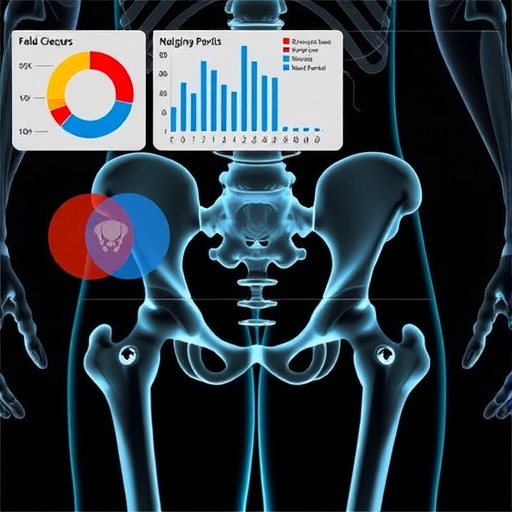New details learned about a key cellular protein could lead to treatments for neurodegenerative diseases, such as Parkinson's, Huntington's, Alzheimer's, and amyotrophic lateral sclerosis (ALS).
At their root, these disorders are triggered by misbehaving proteins in the brain. The proteins misfold and accumulate in neurons, inflicting damage and eventually killing the cells. In a new study, researchers in the laboratory of Steven Finkbeiner, MD, PhD, at the Gladstone Institutes used a different protein, Nrf2, to restore levels of the disease-causing proteins to a normal, healthy range, thereby preventing cell death.
The researchers tested Nrf2 in two models of Parkinson's disease: cells with mutations in the proteins LRRK2 and α-synuclein. By activating Nrf2, the researchers turned on several "house-cleaning" mechanisms in the cell to remove excess LRRK2 and α-synuclein.
"Nrf2 coordinates a whole program of gene expression, but we didn't know how important it was for regulating protein levels until now," explained first author Gaia Skibinski, PhD, a staff research scientist at Gladstone. "Overexpressing Nrf2 in cellular models of Parkinson's disease resulted in a huge effect. In fact, it protects cells against the disease better than anything else we've found."
In the study, published in the Proceedings of the National Academy of Sciences, the scientists used both rat neurons and human neurons created from induced pluripotent stem cells. They then programmed the neurons to express Nrf2 and either mutant LRRK2 or α-synuclein. Using a one-of-a-kind robotic microscope developed by the Finkbeiner laboratory, the researchers tagged and tracked individual neurons over time to monitor their protein levels and overall health. They took thousands of images of the cells over the course of a week, measuring the development and demise of each one.
The scientists discovered that Nrf2 worked in different ways to help remove either mutant LRRK2 or α-synuclein from the cells. For mutant LRRK2, Nrf2 drove the protein to gather into incidental clumps that can remain in the cell without damaging it. For α-synuclein, Nrf2 accelerated the breakdown and clearance of the protein, reducing its levels in the cell.
"I am very enthusiastic about this strategy for treating neurodegenerative diseases," said Finkbeiner, a senior investigator at Gladstone and senior author on the paper. "We've tested Nrf2 in models of Huntington's disease, Parkinson's disease, and ALS, and it is the most protective thing we've ever found. Based on the magnitude and the breadth of the effect, we really want to understand Nrf2 and its role in protein regulation better."
The scientists say that Nrf2 itself may be difficult to target with a drug because it is involved in so many cellular processes, so they are now focusing on some of its downstream effects. They hope to identify other players in the protein regulation pathway that interact with Nrf2 to improve cell health and that may be easier to drug.
###
Other Gladstone scientists on the study include Vicky Hwang, D. Michael Ando, Aaron Daub, Alicia Lee, Abinaya Ravisankar, Sara Modan, and Mariel Finucane. Benjamin Shaby from Penn State University also took part in the research.
Funding was provided by the National Institutes of Mental Health, National Institute of Neurological Disorders and Stroke, National Human Genome Research Institute, California Institute of Regenerative Medicine, Taube/Koret Center, Michael J. Fox Foundation, ALS Association, National Center for Research Resources, and the Betty Brown family. The work is dedicated to the memory of Nita Hirsch.
Media Contact
Dana Smith
[email protected]
415-734-2532
@GladstoneInst
http://www.gladstone.org
############
Story Source: Materials provided by Scienmag




